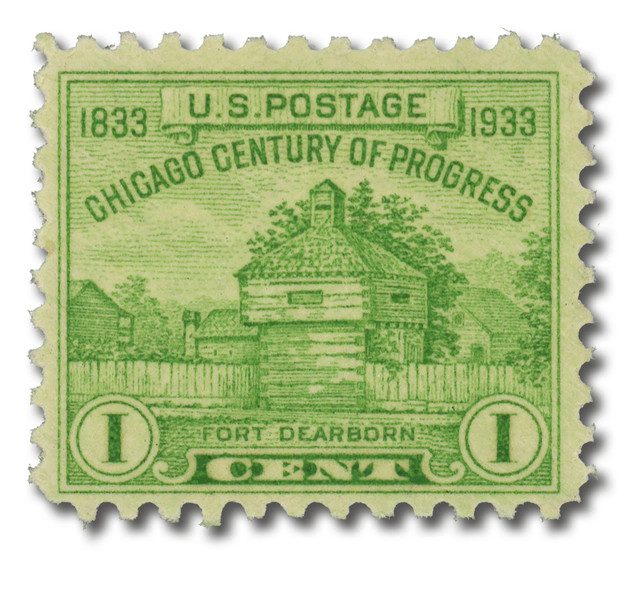On October 8, 1871, a devastating wildfire swept through northeastern Wisconsin, destroying entire towns and claiming an estimated 1,500 to 2,500 lives. Known as the Peshtigo Fire, it remains the deadliest wildfire in US history, yet it is often overshadowed by the Great Chicago Fire, which began the very same night. While Chicago’s tragedy received national attention, the Peshtigo Fire was far greater in scale and human loss.
The conditions leading up to the Peshtigo Fire had been building for months. The summer of 1871 was unusually hot and dry across the Midwest. Farmers and lumber companies routinely used fire to clear land, a common practice at the time. The region surrounding the small town of Peshtigo was heavily forested and filled with logging camps, sawmills, and piles of tinder-dry wood debris. Strong winds and low humidity created a perfect storm for disaster. On the evening of October 8, a cold front moved in, whipping small brush fires into a massive firestorm.
Eyewitnesses described the blaze as a tornado of fire—flames carried by hurricane-force winds that roared across the landscape at incredible speed. The inferno was so intense that it created its own weather system, with cyclones of flame and superheated air that leveled buildings and hurled burning debris for miles. In just a few hours, entire communities, including Peshtigo and surrounding settlements like Sugar Bush and Williamsonville, were wiped from the map. People fled toward the Peshtigo River, hoping the water would save them. Many survived only by immersing themselves in the river or by seeking refuge in wells or root cellars, though some drowned or suffocated as the fire consumed the oxygen around them.
When dawn broke on October 9, the scope of the destruction was unimaginable. More than a million acres of land had been burned, an area larger than the state of Rhode Island. Every home, church, and business in Peshtigo was gone. Survivors emerged to find a landscape reduced to ash and twisted metal. In some areas, the heat had been so intense that sand melted into glass. The precise number of victims is unknown, as many were immigrants or laborers whose names were not recorded. Entire families vanished without a trace. It’s estimated between 1,500 and 2,500 people were killed and the fire destroyed more than $5 million in property.
Tragically, the Peshtigo Fire received little national attention at the time. News of the Great Chicago Fire, which destroyed much of that booming city the same night, dominated headlines across the country. Chicago was a major urban center, home to large newspapers and telegraph offices, which meant reports from the city spread quickly. In contrast, communication lines in northern Wisconsin were destroyed by the fire, and the region was sparsely populated and remote. By the time word reached the outside world, the nation’s sympathy and curiosity were already focused on Chicago’s dramatic urban catastrophe. As a result, the Peshtigo Fire became a footnote in American history, despite its staggering death toll and scale.
In the years that followed, survivors rebuilt their lives, and new communities rose from the ashes. Yet the memory of that night never faded for those who lived through it. The disaster led to growing awareness of fire safety and forest management. Later, historians and forestry experts studied the Peshtigo Fire to better understand the dynamics of large-scale wildfires, lessons that continue to influence fire science today. The tragedy also highlighted the dangers of deforestation and careless land-clearing practices that left vast amounts of dry debris scattered across the landscape.

Today, Peshtigo honors its history with a small museum and memorial cemetery, where many of the victims are buried in a mass grave. Visitors can learn about the fire’s devastating impact and the resilience of the survivors who rebuilt their town from nothing. Though it lacks the fame of the Chicago Fire, the story of Peshtigo stands as a haunting reminder of nature’s power and the human cost of neglecting it.
| FREE printable This Day in History album pages Download a PDF of today’s article. Get a binder or other supplies to create your This Day in History album. |
Discover what else happened on This Day in History.





Thanks for the great story. My great, great, great grandmother Sophie and 2 of her brothers died in the fire.
Yes, I had heard of the Chicago Fire but not Peshtigo. Thank you Mystic for today’s history lesson.
I found this story about the tragic Peshtigo wildfire saddeing, and very touching. I think that more attention should have been given to the victims of this fire and of those families who perished in the fight. I will always keep those who lost their lives in the fire in my heart and I am glad that people are learning lessons from this horrible event.